Rum is a distillate made from molasses or sugar cane juice and according to the law it must have a minimum alcohol content of 37.5 %. This is where the general definition ends. There are many varieties that differ in name, production method and country of origin. The production process is similar, regardless of whether molasses or sugar cane juice is used.
The following production steps lead to the finished distillate:
Harvesting and processing
After harvesting, which is usually still done by hand, the pulp is separated from the stalks. It is then boiled and finally processed into sugar syrup (molasses) by centrifugation.
Molasses
Molasses is a by-product of sugar production. The juice is pressed from the cut sugar cane and boiled down to such an extent that sugar crystals are formed. Syrup and sugar crystals are separated and the by-product of sugar is called molasses
The majority (approx. 90 per cent) of the world's rum is a distillate made from molasses.
Sugar cane juice
Rum or rhum, which is produced from sugar cane juice, is called rhum agricole. This is a variant of rum from so-called 'agricultural' production. Rhum Agricol only has a market share of around 5 per cent.
Fermentation
The syrup is diluted with water and yeast is added. This starts the biological process of fermentation, in which the yeast breaks down the sugar and converts it into alcohol. The result is an alcohol content of 5-6%.
Traditional rum is produced with wild yeasts. These are yeasts that are naturally present in the air and settle on the mash. However, this process is not as random as it sounds at first. To ensure that a desired yeast strain forms and colonises, distilleries have walled and poorly ventilated rooms in which the yeasts are cultivated and stored.
Alternatively, and especially for the mass market, brewing ovens are used.
The fermentation time varies greatly between hours and weeks. A very long duration of the process promotes the formation of many esters, which give the rum a unique flavour. These are known as high ester rums.
The fermentation process takes place in huge barrels made of concrete, steel or wood.
Distillation
The fermented sugar cane juice or molasses syrup is heated in a distillation plant and the resulting alcohol is extracted by cooling. This produces an alcohol content of up to 95%.
Distillation in column stills is common. However, it is also distilled using the pot still method.
Storage
Storage traditionally takes place in oak barrels that previously contained whisky or wine. The duration can vary from a few months to several years. In principle, rum does not have to be aged to be called rum.
If a rum is not aged, we speak of white rum. This is reduced to the desired drinking strength after distillation. It is therefore very young and unaged and is preferably used for mixing cocktails and long drinks. The drinking strength is at least 37.5 per cent, with so-called overproof rums at 57.15 to 70 % vol.
Rum that has been aged is known as brown rum. After distillation, the rum is filled into wooden barrels and left to mature. It is usually placed in barrels without being diluted beforehand and has an alcohol content of 75 to 95 % vol. at this point. The storage time ranges from around six months to a few decades.
Rum is also matured using the so-called solera process.
Filling
The bottling of rum is very diverse. Several batches from one distillery, but also rums from different distilleries, can ultimately be bottled. The rum is diluted with water to the desired drinking strength. The only thing to note is the minimum 37.5% alcohol by volume that is required by law.

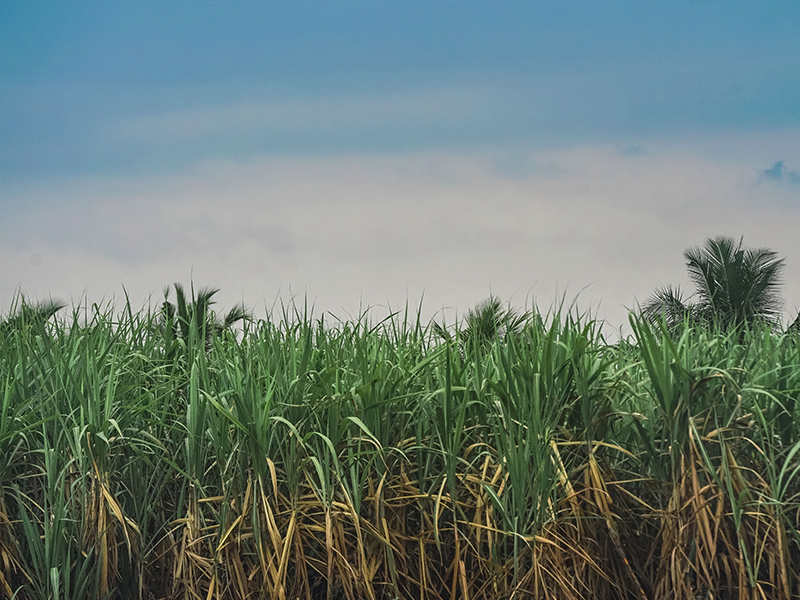
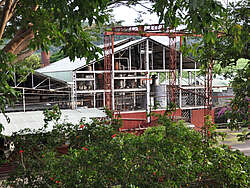
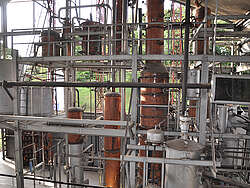
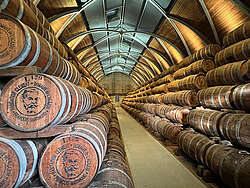
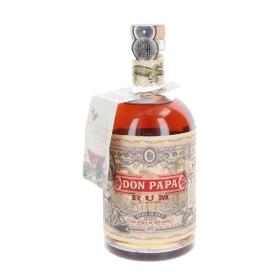
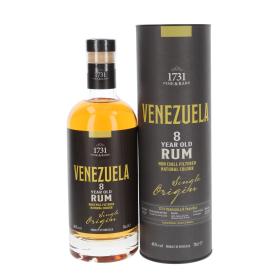
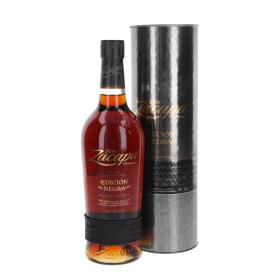
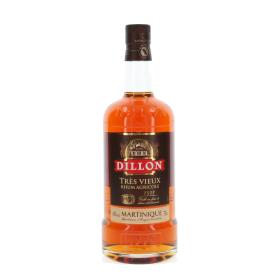
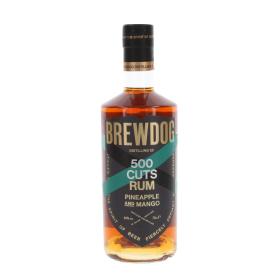
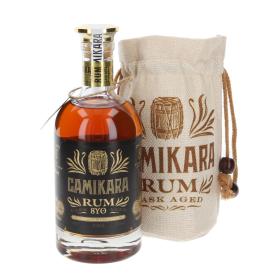
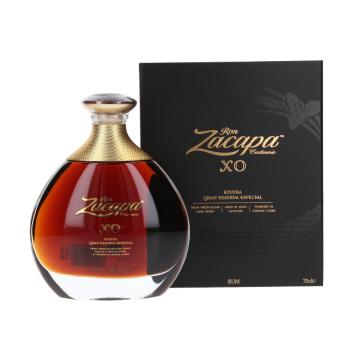


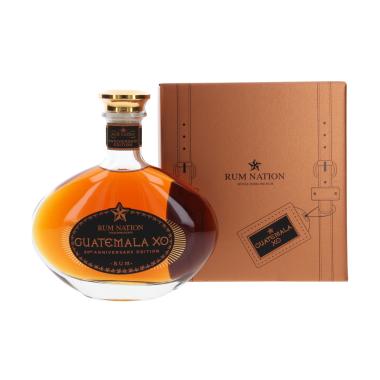
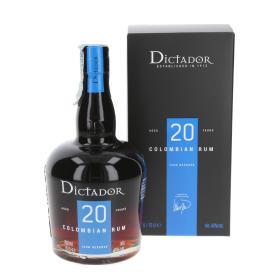
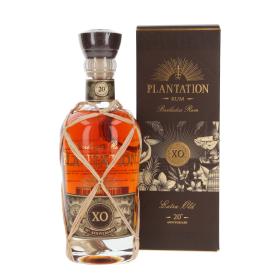
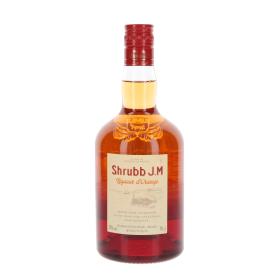
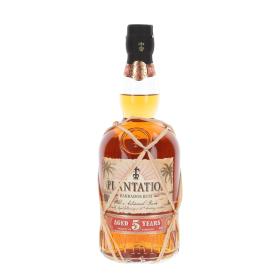

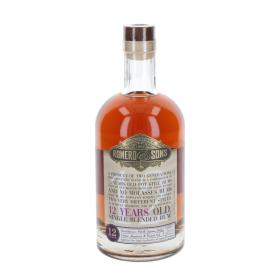
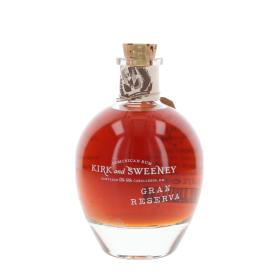
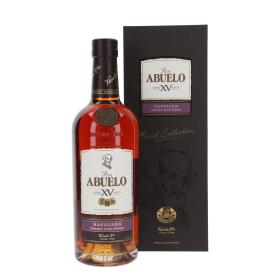

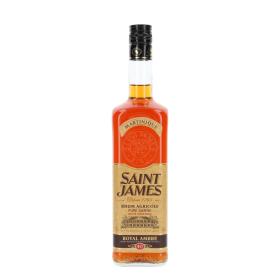












To comment, you must be logged in